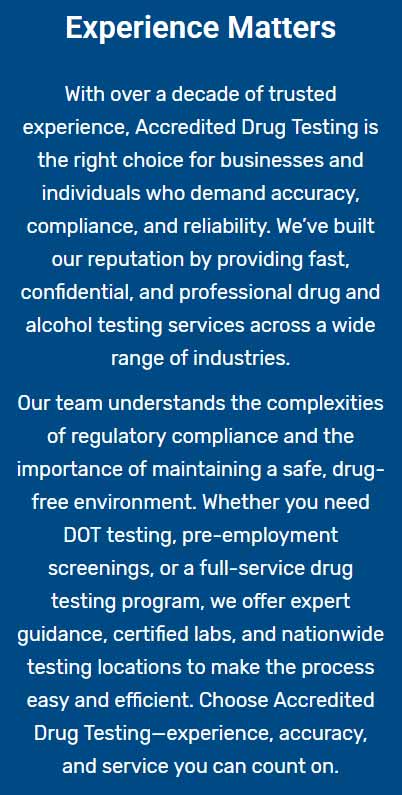What it is, How it works
Hair analysis has emerged as a powerful method for detecting drug and alcohol consumption. Hair offers a prolonged history of alcohol and drugs by capturing biomarkers within the strands of growing hair. When obtained near the scalp, hair can offer up to a 3-month detection timeframe for alcohol and drugs. Collecting hair is straightforward, somewhat resistant to tampering, and easy to transport.
A 1.5-inch segment of around 200 hair strands (roughly #2 pencil thickness) nearest to the scalp will yield 100mg of hair, which is the ideal sample size for both screening and confirmation. For EtG, supplements, and/or tests exceeding 10 panels, 150mg of the specimen is advised. We suggest using a jeweler’s scale for weighing. If scalp hair isn't available, an equivalent amount of body hair might be used. When addressing head hair, we refer solely to scalp hair, whereas body hair includes all other types (facial, axillary, etc.).
Process Overview
The key stages in the lab processing of drug test outcomes are Accessioning, Screening, Extraction, and Confirmation.
Accessioning entails the initial integration of a sample into a lab's system, ensuring the sample was properly sealed and sent, assigning a random LAN (Laboratory Accessioning Number), and finalizing any additional data entry not included by an electronic chain of custody setup.
Screening comprises a preliminary rapid assessment for substances of abuse. It is a cost-efficient way for most samples, but screen positives must be confirmed for legal admissibility. Samples preliminarily positive in Screening necessitate secondary confirmation.
For presumptive positives in Screening, further hair is extracted from the original sample for Extraction. Drugs are extracted from hair at lower concentrations than other techniques (ex. urine or oral fluid), explaining why hair drug screening is challenging to execute.
Positive screenings are confirmed using GC/MS, GC/MS/MS, or LC/MS/MS. All samples are washed before Confirmation if necessary. The entire process is evaluated under the CAP (College of American Pathologists) Hair standards and ISO / IEC 17025 accreditation.
Advantages of hair drug testing:
- Long detection span: Hair drug tests detect usage for up to 90 days, unlike urine tests with shorter detection periods.
- Hard to manipulate: Hair drug tests are difficult to tamper with, ensuring more precise results.
- Shows usage history: Provides patterns of drug consumption over time, beyond recent usage.
Limitations:
- Cannot identify recent use: Takes around 5-7 days for drugs to show up in hair.
- Expense: Hair drug tests tend to be pricier than alternative testing methods.
- Result variation: Aspects like hair color and growth differences can affect drug metabolite concentration in hair.
Note: Commonly called "hair follicle tests", the analysis examines the hair strand, not the follicle under the scalp




